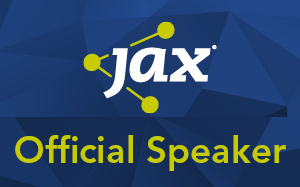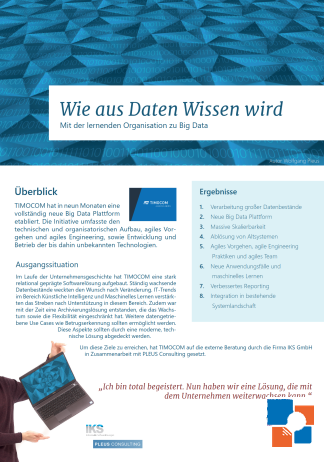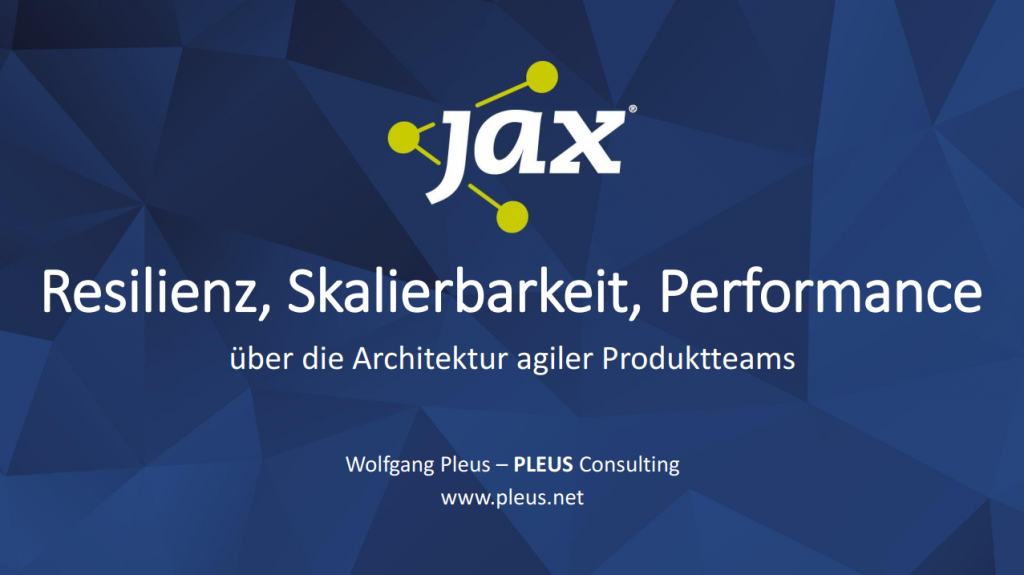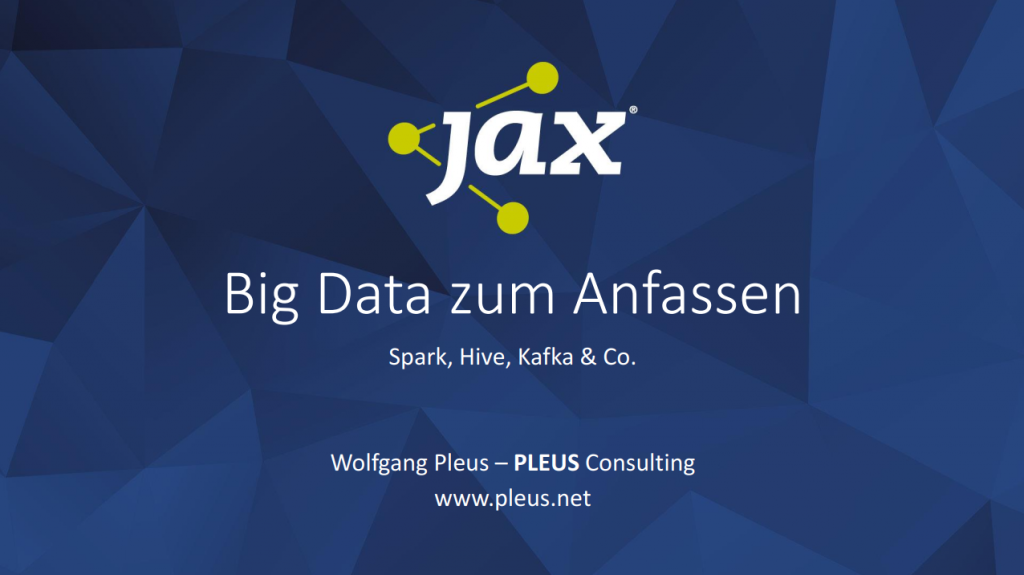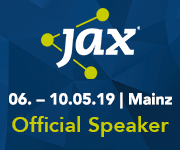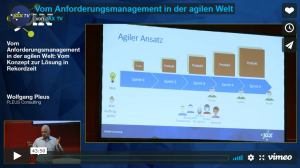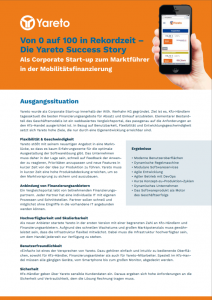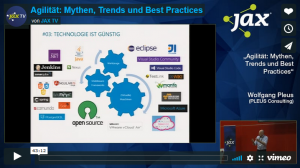In 2021 many organisations are trying to become more agile. They do that by applying techniques such as Scrum or Kanban. In the articles I wanted to shed some light on more hidden aspects of cultural development which I think is the real success factor of agile organizational development.
Recently I published a series of articles about agile culture development in the German IT magazines Java Magazin and Windows Developer.
Those are the Java Magazin issues that contain the article:
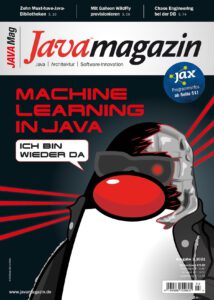
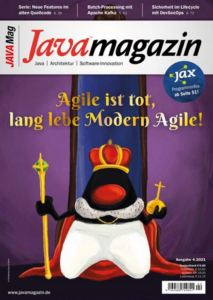
I am glad to see that this time the article was published in two magazines. Those are the Windows Developer magazines.
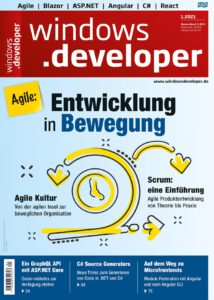
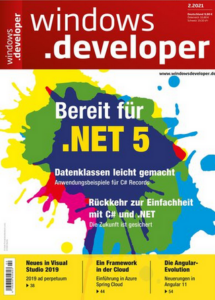
If you are interested in the content, please visit entwickler.kiosk, or even better, get in touch with me so that we can talk personally about agile culture development in your organisation. 🙂



